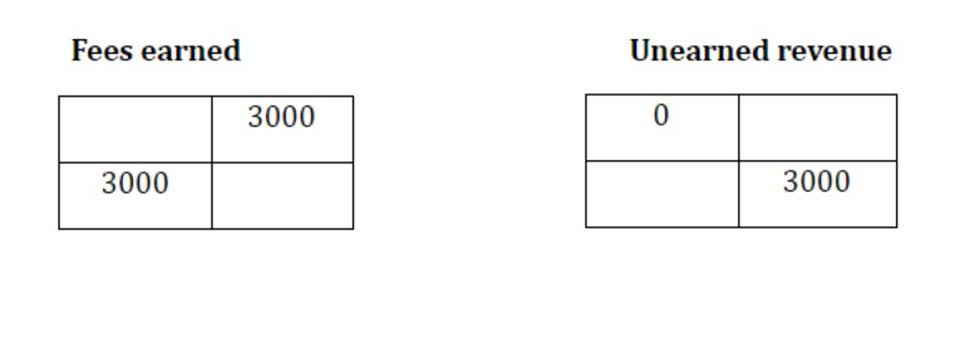
Accountants use ratios to analyze financial statements and identify areas for improvement, such as reducing costs or increasing revenue. We can easily find the ratio of two numbers by just simplifying their fraction and then finding their simplest form. For example, we have two numbers ‘p’ and ‘q’ and we have to find their ratio. Since we talked about the powers of the terms involved in ratios, it logically follows that we must talk about the roots as well. By taking the roots of the terms in ratios, we can, therefore, form Sub-ratios. By learning about ratios, we can measure the relationship between two or more quantities by comparing them and understand the importance of the quantities being compared.
- The inverse proportion describes the relationship between two quantities in which an increase in one quantity leads to a decrease in the other quantity.
- If a business is asking for a loan from a bank, then the bank will also by default check the profitability status using these ratios.
- Financial ratios are created with the use of numerical values taken from financial statements to gain meaningful information about a company.
- The definition of ratio and proportion is described here in this section.
- Improving your AR turnover ratio will directly improve your cash flow.
It’s calculated by dividing a company’s net income by its revenues. Instead of dissecting financial statements to compare how profitable companies are, an investor can use this ratio instead. For example, suppose company ABC and company DEF are in the same sector with profit margins of 50% and 10%, respectively. An investor can easily compare the two companies and conclude that ABC converted 50% of its revenues into profits, while DEF only converted 10%. Having a high turnover ratio doesn’t necessarily mean everything is good though — this efficiency might be the result of a very conservative credit policy.
Ratio and Proportion
Therefore, the inverse proportion of two quantities, say “a” and “b” is represented by a∝(1/b). Implementing automation into your AR process can save you time and effort in collecting payments. With automation you can improve your accuracy and speed in sending invoices, and you can streamline and add visibility to your AR collection process. That being said, invoices must be accurate, as errors will slow down your collection process. A high ratio would be around 7 to 8, but what is considered a high ratio is also dependent on the industry you are in.
- Though this seems ideal, the company might have had a negative gross profit margin, a decrease in liquidity ratio metrics, and lower earnings compared to equity than in prior periods.
- Generally, ratios are typically not used in isolation but rather in combination with other ratios.
- AR turnover ratio and AP turnover ratio are both important but focus on difference aspects of financial health, just like how AR and AP themselves are different.
- Let us learn here some rules and tricks to solve problems based on ratio and proportion topics.
- A ratio table is a list containing the equivalent ratios of any given ratio in an ordered form.
- These ratios convey how well a company can generate profits from its operations.
The ratio gives insight into the company’s effectiveness of converting their AR to cash. In this formula, “Total Revenue” represents all the money a company generates from its sales or services. “Total Expenses” represent all the costs incurred by a company to generate revenue, including operating expenses, taxes, and interest. In contrast, one with a P/E ratio of 50 would be considered overvalued. The former may trend upwards in the future, while the latter may trend downwards until each aligns with its intrinsic value. A ratio is the relation between two amounts showing the number of times one value contains or is contained within the other.
Ratio Analysis Formulas
If you have outstanding receivables, reminders can also help to collect payments from customers who are overdue. AR turnover ratio and AP turnover ratio are both important ratio formulas but focus on difference aspects of financial health, just like how AR and AP themselves are different. Let’s put the accounts receivable turnover formula into practice.

If these benchmarks are not met, an entire loan may be callable or a company may be faced with an adjusted higher rate of interest to compensation for this risk. An example of a benchmark set by a lender is often the debt service coverage ratio which measures a company’s cash flow against it’s debt balances. Likewise, they measure a company today against its historical numbers. Generally, ratios are typically not used in isolation but rather in combination with other ratios. Having a good idea of the ratios in each of the four previously mentioned categories will give you a comprehensive view of the company from different angles and help you spot potential red flags.

Leave a Reply